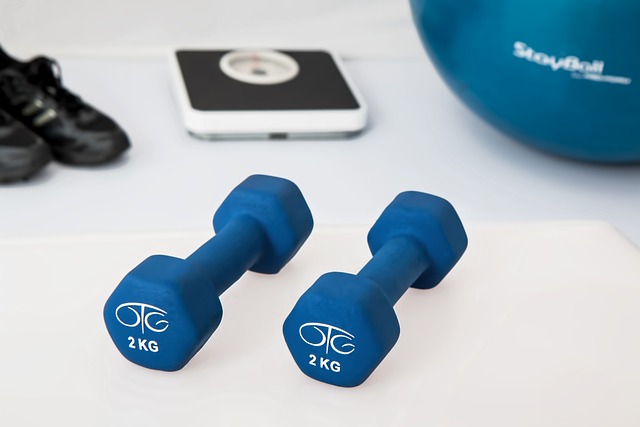Introduction to Pulmonary Hypertension and Angiogenesis
Pulmonary Hypertension (PH) is a progressive disease characterized by elevated blood pressure in the pulmonary arteries. This increased pressure strains the heart and can lead to heart failure. A critical factor in the progression of PH is altered angiogenesis, the formation of new blood vessels. While angiogenesis is essential for normal development and tissue repair, dysregulation in PH contributes to vascular remodeling and increased pulmonary vascular resistance.
The Role of Angiogenic Factors in PH
Several angiogenic factors are implicated in the pathogenesis of PH. Vascular endothelial growth factor (VEGF), a key regulator of angiogenesis, exhibits a complex role. While VEGF is typically pro-angiogenic, in PH, its signaling can be altered, promoting endothelial dysfunction and proliferation rather than proper vessel formation. Other factors like fibroblast growth factor (FGF) and platelet-derived growth factor (PDGF) also contribute to vascular remodeling.
Q = \frac{ΔP}{R}
Where:
Q = Pulmonary blood flow
ΔP = Pressure difference across the pulmonary circulation
R = Pulmonary vascular resistanceEndothelial Dysfunction and Imbalance of Angiogenic Signals

Endothelial dysfunction, characterized by impaired production of nitric oxide (NO) and increased production of vasoconstrictors like endothelin-1 (ET-1), plays a central role in PH. This imbalance disrupts the normal angiogenic process, leading to the formation of dysfunctional, leaky vessels. The ratio of pro-angiogenic factors (e.g., VEGF) to anti-angiogenic factors (e.g., endostatin) is often skewed in PH, further contributing to vascular remodeling.
Molecular Mechanisms Driving Altered Angiogenesis
At the molecular level, several signaling pathways contribute to the altered angiogenesis observed in PH. The bone morphogenetic protein (BMP) pathway, critical for pulmonary vascular homeostasis, is often disrupted. Mutations in BMP receptor type II (BMPRII) are a common cause of heritable pulmonary arterial hypertension (PAH). Other pathways, including the Notch and Wnt pathways, also play a role in regulating endothelial cell behavior and vascular remodeling.
# Example: Simplified representation of angiogenic factor interaction
pro_angiogenic = 0.7
anti_angiogenic = 0.3
ratio = pro_angiogenic / anti_angiogenic
if ratio > 1:
print("Pro-angiogenic environment")
else:
print("Anti-angiogenic environment")Therapeutic Implications and Future Directions

Targeting altered angiogenesis represents a promising therapeutic strategy for PH. Current therapies often focus on vasodilation and reducing pulmonary artery pressure. However, novel approaches aimed at restoring normal angiogenic balance, such as gene therapy targeting BMPRII or anti-angiogenic therapies designed to normalize VEGF signaling, are under investigation. Further research is needed to fully understand the complex interplay of angiogenic factors and signaling pathways in PH and to develop effective and targeted therapies.
Resources for Further Reading

- American Thoracic Society: https://www.thoracic.org
- Pulmonary Hypertension Association: https://www.phassociation.org
- National Heart, Lung, and Blood Institute (NHLBI): https://www.nhlbi.nih.gov
